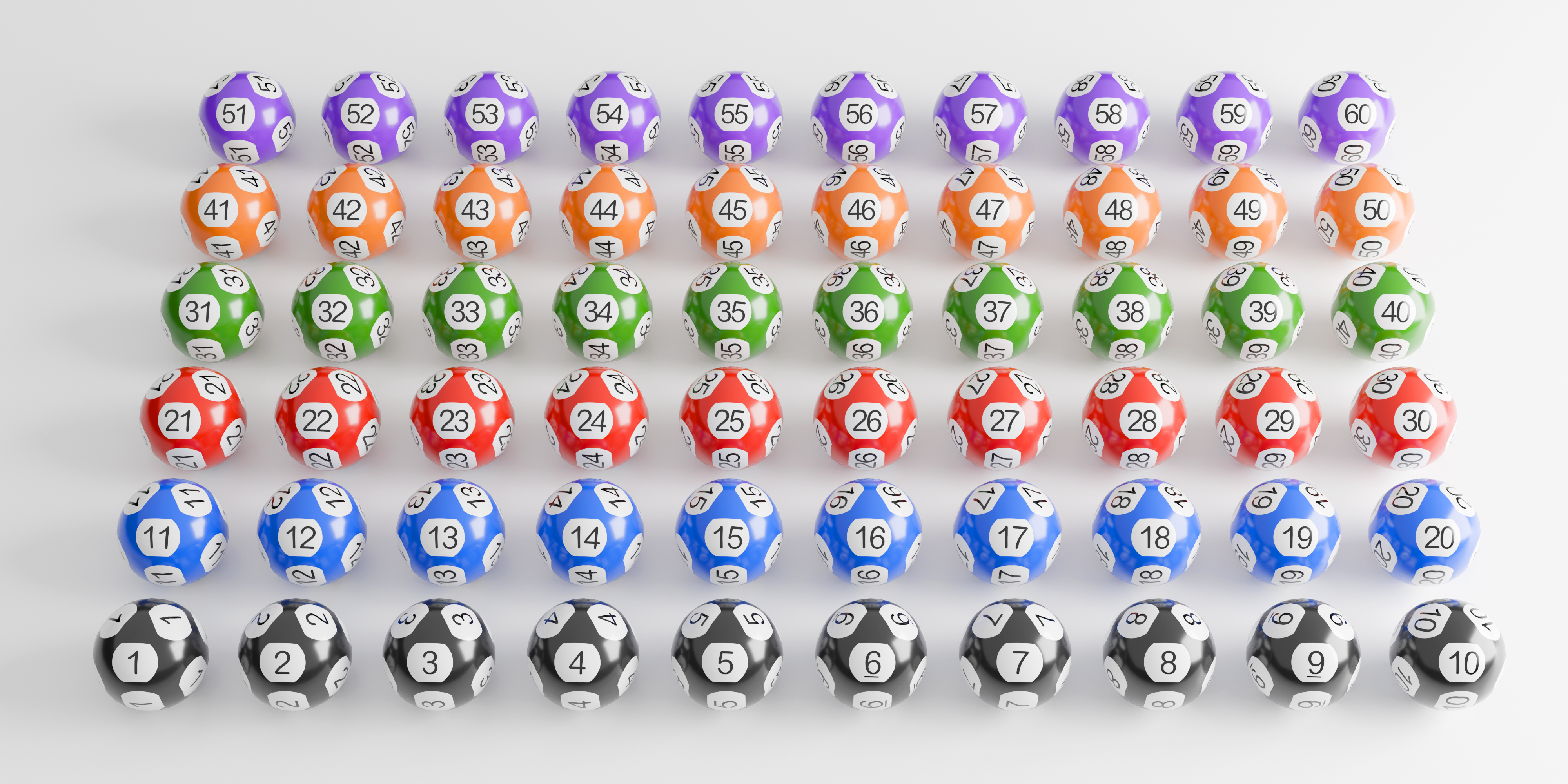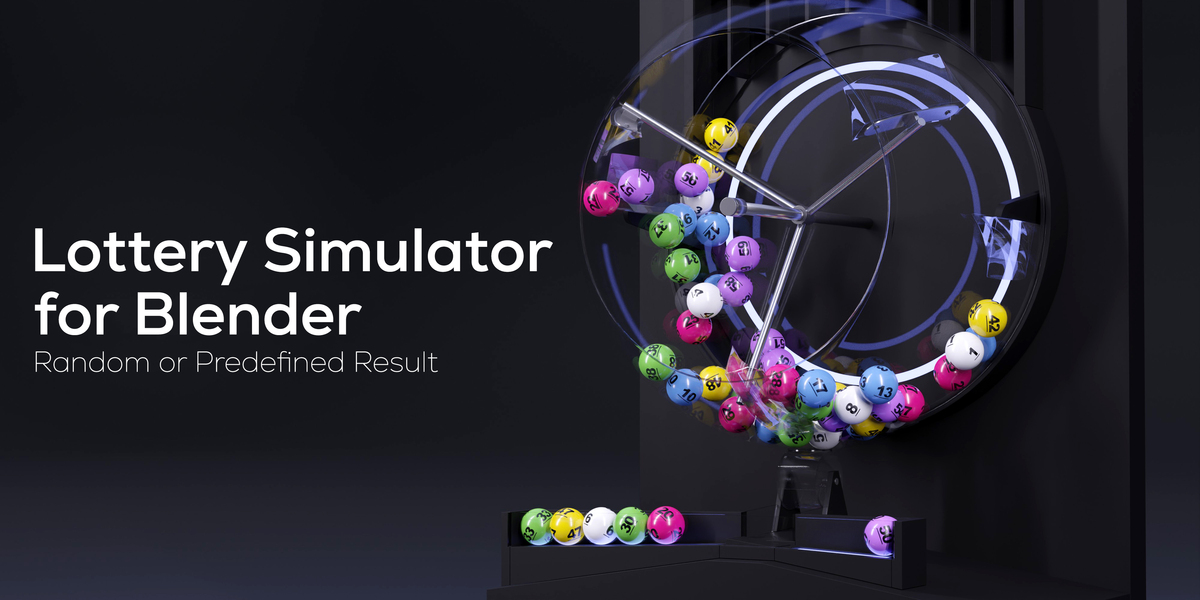Okay, so I had this idea buzzing in my head for a bit: a lottery simulator. Yeah, I know, sounds a bit nerdy, but I was genuinely curious about how the odds really stack up, not just reading about them. I wanted to see it, you know?

Getting Started – The “Plan”
First off, I didn’t draw up some grand blueprint. Nah, that’s not really my style for these little personal projects. I just thought, “Okay, what’s the simplest way to do this?” I needed to pick some numbers, then have the “lottery” pick some numbers, and then see if I won anything. Seemed straightforward enough at the time. Famous last words, sometimes, right?
I decided on a pretty standard lottery format. Let’s say, pick 6 numbers from a pool of 49. Classic. No need to get fancy with bonus balls or anything for this first pass. Keep it simple, stupid – that was the motto.
The Nitty-Gritty: Making it Work
So, I fired up my usual coding environment. The first thing was figuring out how to get my numbers. Just a simple random pick of 6 unique numbers from 1 to 49. That was easy enough. Most programming languages have something built-in for random numbers.
Next, the lottery draw itself. Same logic, really. Generate another set of 6 unique random numbers from 1 to 49. These would be the “winning” numbers for that particular draw.
Then came the slightly more involved part: checking for a win. I had to compare my chosen numbers with the drawn numbers. How many did I match?

I started by thinking about what constituted a win. For this simulation, I decided:
- Matching 3 numbers: Small prize
- Matching 4 numbers: Medium prize
- Matching 5 numbers: Big prize
- Matching 6 numbers: Jackpot!
To do the check, I basically looped through my numbers and for each one, checked if it was present in the list of winning numbers. I kept a count of how many matches I got. Simple enough, but it had to be right, otherwise the whole thing was pointless.
Running the Simulation – Lots of Times!
Okay, so one draw is… well, it’s just one draw. Doesn’t tell you much. The whole point was to see patterns over many, many attempts. So, I wrapped the whole process – picking my numbers (I decided to keep my numbers the same for a bunch of draws, like a real player might), doing the lottery draw, and checking for wins – inside a big loop.
I started with, like, a thousand draws. Then ten thousand. Then a hundred thousand. Then I thought, “What the heck,” and cranked it up to a million draws. My computer fan started whirring a bit, but it chugged through.

I also added some basic tracking. How much “money” did I spend (e.g., $1 per ticket/draw)? How much did I “win” based on my prize tiers? This was crucial to see the overall outcome.
The “Thrilling” Results and What I Learned
So, after running simulations for millions of virtual draws, what did I find? Well, let me tell you, it was… an eye-opener. The number of times I actually hit even 3 numbers was way less frequent than I might have intuitively guessed before I started. Four numbers? Rarer still. Five? Forget about it, almost never happened in my simulations unless I ran an obscene number of them. And the jackpot? Ha! Let’s just say my simulator didn’t make me a virtual millionaire.
What I really saw was a slow, steady drain of my virtual cash. Sure, there’d be a tiny win here and there, a small blip of “profit,” but over the long haul, the trend was unmistakably downward. It really hammers home the fact that the lottery is, well, a game of chance with pretty long odds stacked against you.
Building this little simulator was a fun exercise. It wasn’t about complex algorithms or anything, just straightforward logic. But seeing the raw numbers play out, even in a simplified simulation, was quite something. It definitely made me think twice about ever buying a real ticket for anything other than just the momentary “what if” fun. It’s not a path to riches, that’s for sure. And this little project proved it to me, line by line of code, and draw by virtual draw.
